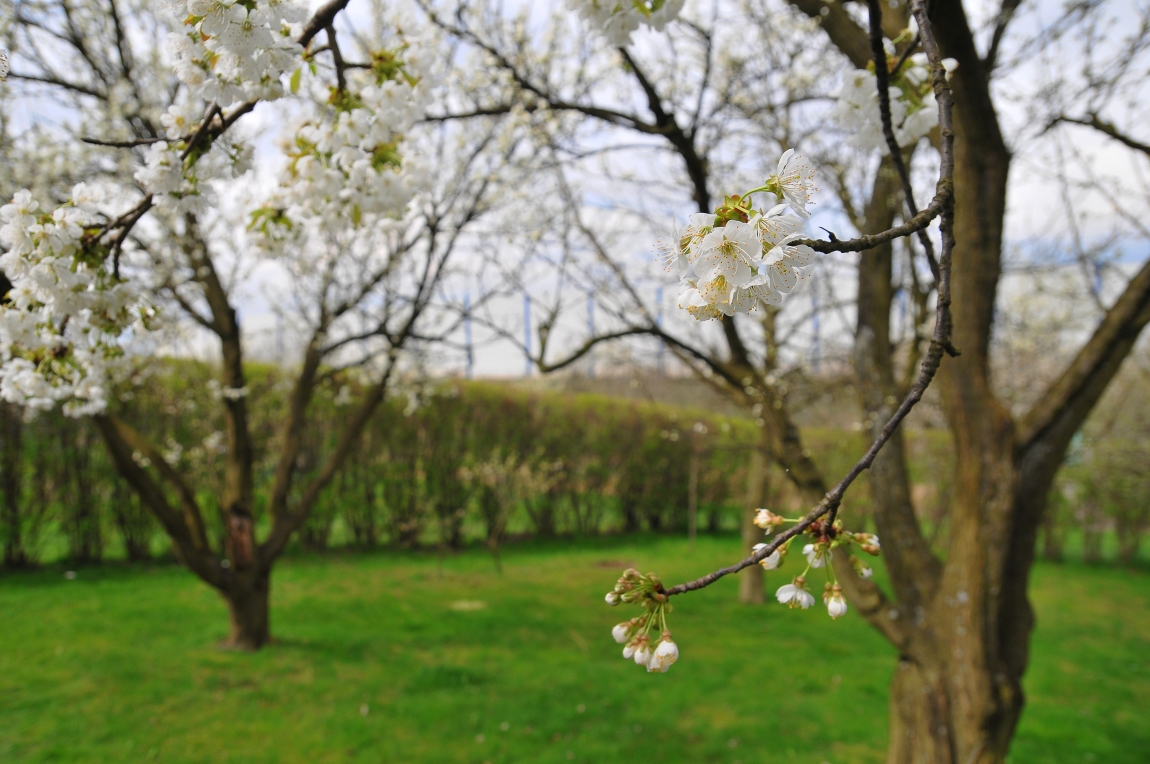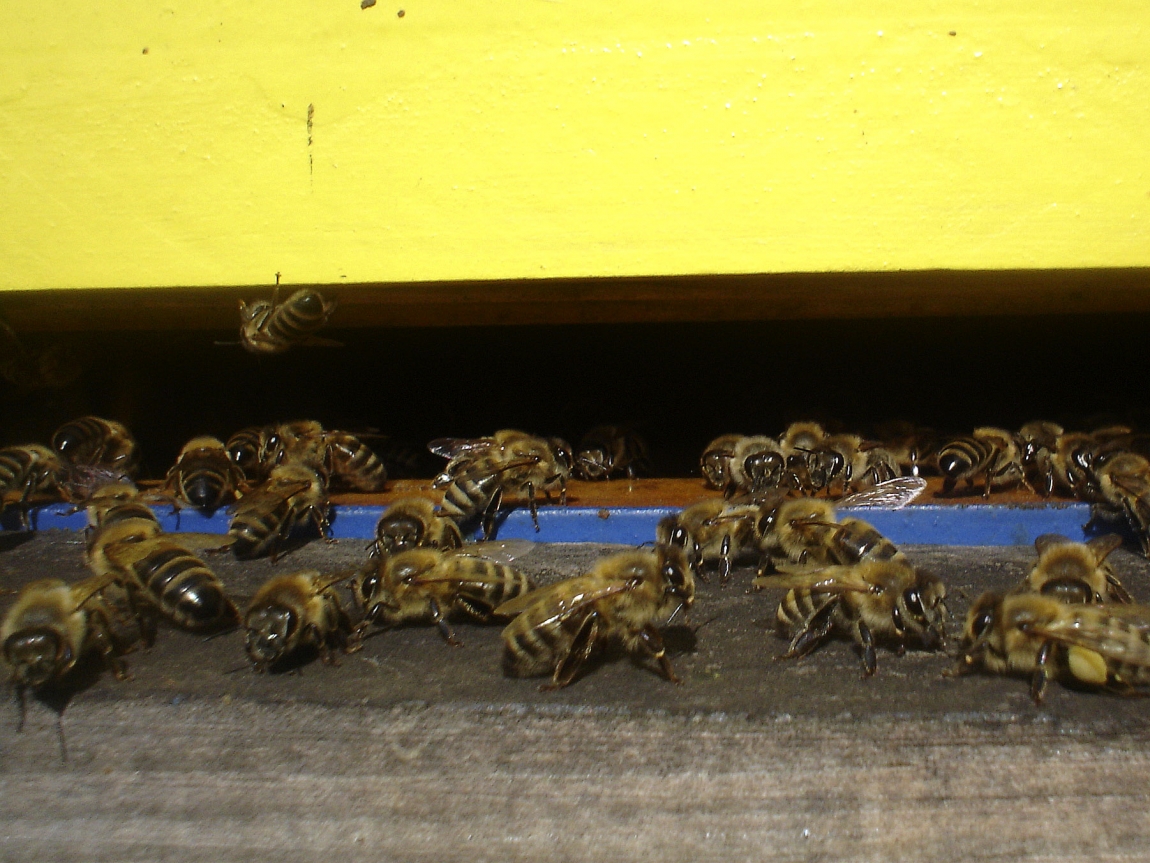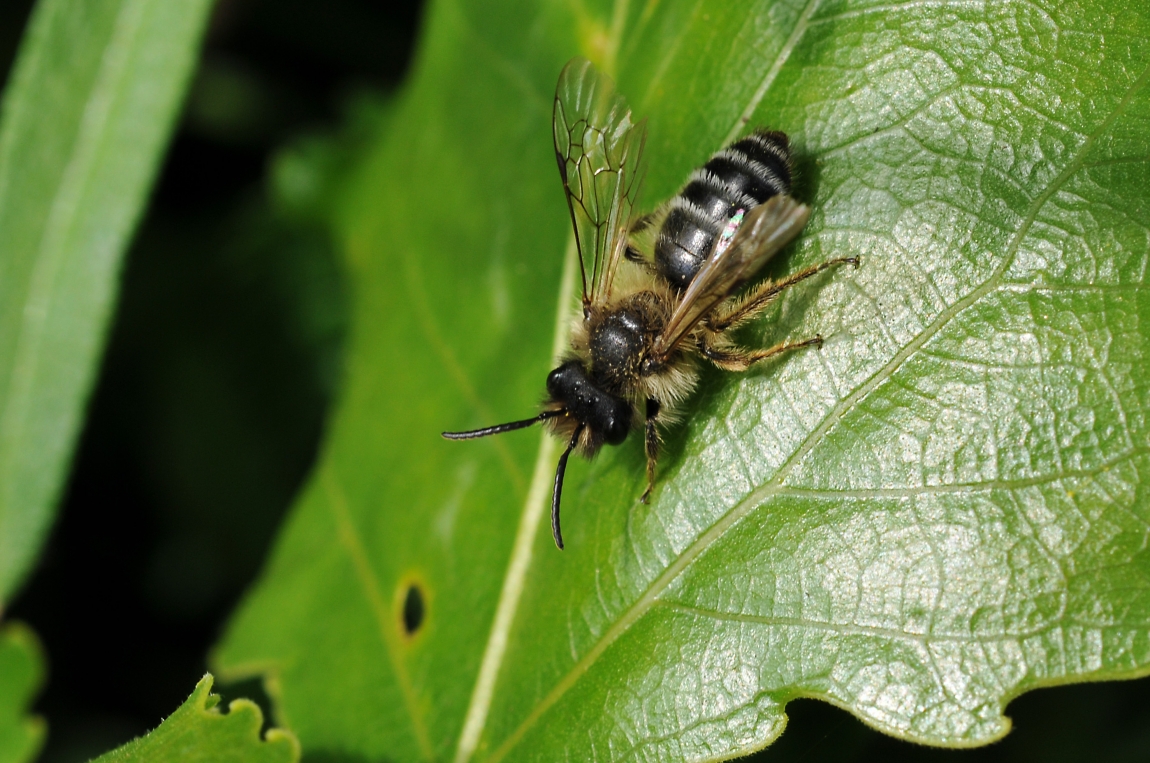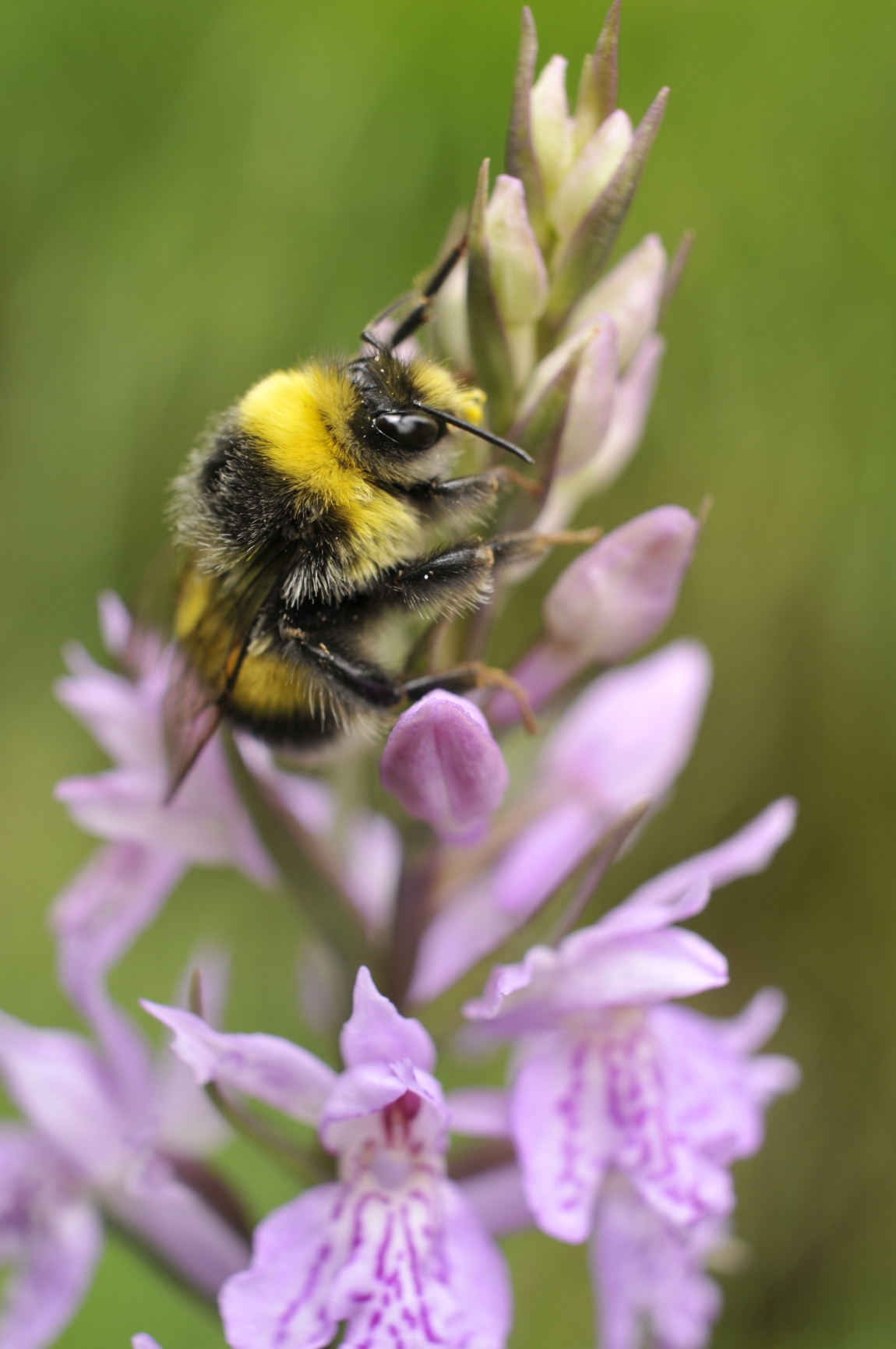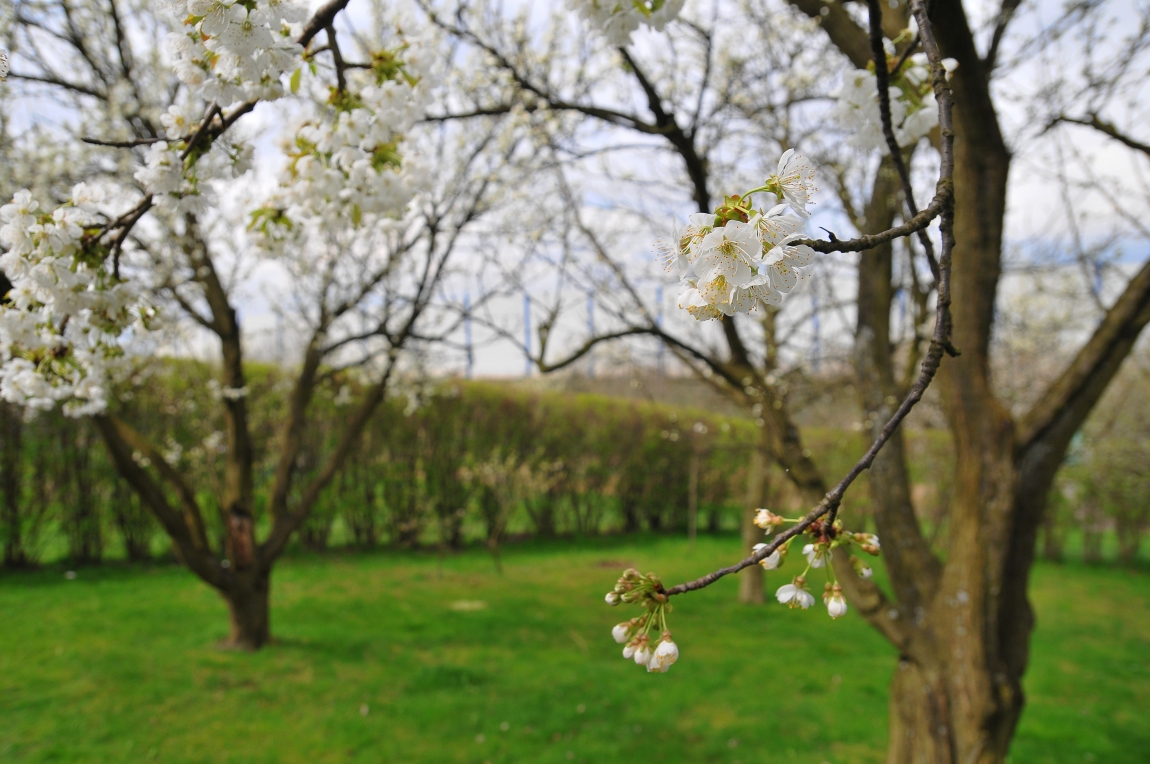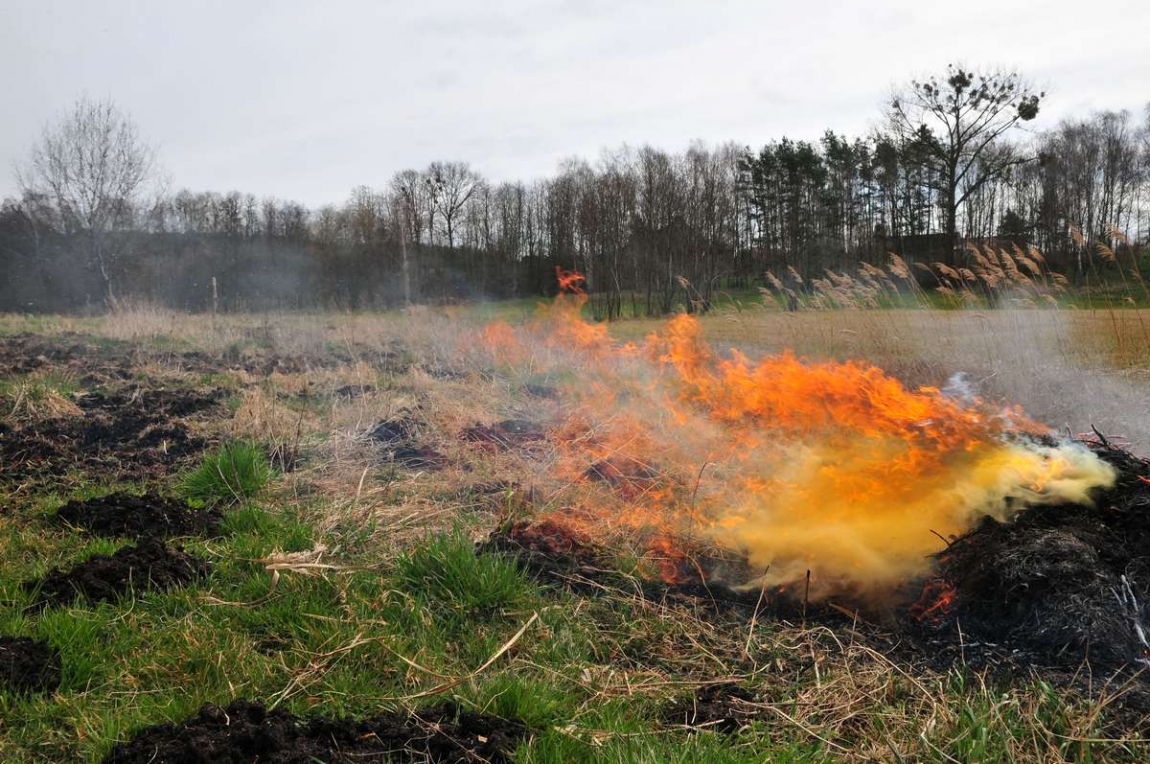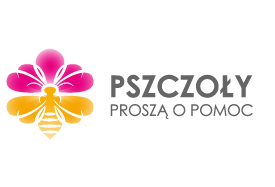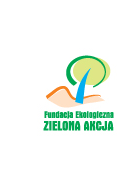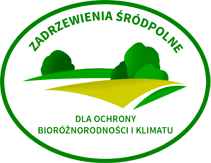The presence of bees often contributes to a significant increase in obtained yields. There are some crop species, which in the absence of pollination bees do not provide yield at all. Also, the bees are essential for the propagation of many wild plant species and production of their seeds. Through pollination insects directly contribute to the survival of many species of plants. They indirectly contribute to the security of grains (seeds and fruits) for many species of animals. Production of seeds (generative forms) determines the growth of annual plants in successive seasons, and producing fruits by perennial allows the spread of the species and populating new lands. Wild pollinators produce neither honey, nor other products that are the domain of the honeybee.
The honey bee (Apis mellifera) has a similar importance in the ecosystem as wild pollinators, and gives the human economy much more revenue as they perform more than 80% of the work pollinators of crops. This is due to the fact that by living in organized societies it has very many legions of bee workers (average of 50-60 thousand and even more in high season). It winters in groups, which means that from the very early spring from each family fly to work in the field from a few to several thousand bees. In turn, for the bees known as wild pollinators, only single individuals work at flowering plants, hence their smaller share in the pollination of plants. However, in common understanding, honey bee is highly valued because it produces honey claimed as healthy product for human. Honey is a very good source of easily digestible carbohydrates, and the specific ratio of the individual components in the honey contributes to its extremely wide range of applications - from the flavors in the food to pharmaceutical products. In the Polish climatic conditions there can be distinguished 3 types of bee honey: nectar (flower), honeydew and mixed (honeydew-nectar or nectar-honeydew). The variety of honey depends on the specie of plant from which the bees have gained nectar. A very valuable product harvested from bees is pollen, which is an incredibly rich source of protein, vitamins, minerals, carbohydrates, enzymes and organic acids necessary for proper functioning of the body. Pollen has many positive actions, among others it affects digestion, acts detoxicating, antidepressant, anti-allergic and anti-arteriosclerosis. Highly valued by man product harvested from the bees and used by humans is propolis, which has bactericidal and fungicidal properties. It is used in the production of creams such as: anti-acne and for hard to heal wounds, and you can also buy it in the form of 3% dilution for cleaning wounds.Very valuable product is royal jelly, which regulates metabolism, increases cell viability, has a positive effect on appetite and adds strength. Beeswax is used primarily for the production of candles and creams. Beeswax candles negatively ionize atmospheric air, thus contributing to improving the well-being of people. Another product harvested from the honey bee is the bee venom. It was and still is used in natural medicine for the treatment of rheumatic diseases, arthritis, eczema and inflammation of the bladder.
It should be noted that the value (expressed in money) of apiculture products derived from honeybees is only 1 to 10% of their entire work. The remaining part is the value of crops and increase in yields, which are obtained through the work of honeybees.


